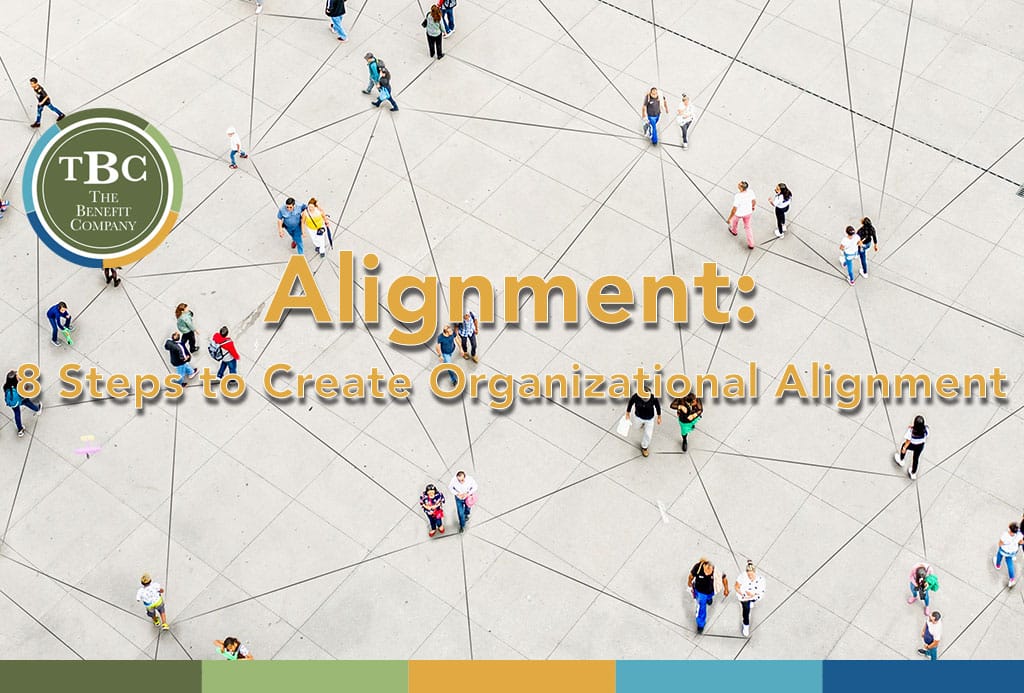Have you ever driven a car with its wheels out of alignment? The ride is smooth at lower speeds, while it shakes vigorously and uncomfortably at higher speeds.
Executing strategy in organizations can behave in a similar fashion. If people in a company are misaligned, the ride can begin to feel bumpy at higher speeds (e.g., faster growth or larger size).
Here are eight steps to create organizational alignment:
Step 1: Define Your Values: I mean really define them. Articulate what they mean, refer to them often using real-time examples, hire to them, and make values a part of your new hire onboarding process.
Step 2: We Believe: Beyond values, ensure leadership knows what your organization believes. “Know your why” was popularized by Author Simon Sinek. Related to “Step 1” above, I add “Know your why and your who.” Not everyone believes the same thing, and trying to be everything to everybody is frustrating, if not impossible.
Step 3: Intentional Communication: Communicate goals, successes, and failures early and often to your team. Voids of information are filled with negative thoughts, and in an era of ever-decreasing attention spans, repetition will breed retention.
Step 4: Role Clarity: Establish clear Roles and Responsibilities for each team member, and share them with each other through a publicly available Accountability Chart.
Step 5: Measure: Leaders and leading organizations keep score. In addition to people respecting what you inspect, alignment also increases when everyone is on the same page relative to what is measured.
Step 6: Listen Internally: The truth is Steps 1 through 5 are hard to do consistently. Set up a routine process to listen to your team. If you have a culture of open and honest feedback, your team will tell you when misalignment exists.
Step 7: Listen Externally: Find a facilitator to lead exploratory inquiry with your team. They will often help uncover misalignment amongst teams because they are unencumbered by the politics and personalities that can stifle open discussion and internal feedback.
Step 8: Humbly Adjust: When you hear feedback suggesting misalignment, adjust. This does not mean changing strategy, but it does mean avoiding defensiveness when working toward team alignment.
The steps above may appear mechanical at first reading. Thus, the HEART of the matter is to realize alignment – displayed as a functional family – is ultimately created through vulnerability, humility, and an outward mindset. Such is why I remain so grateful for our team at The Benefit Company.
- Self-funding
- Employee Benefits Captives
- Data Analytics
- Population Health Management
- Absence Management
- Ancillary Benefit Procurement
- Employee Engagement
 The Benefit Company
The Benefit Company
